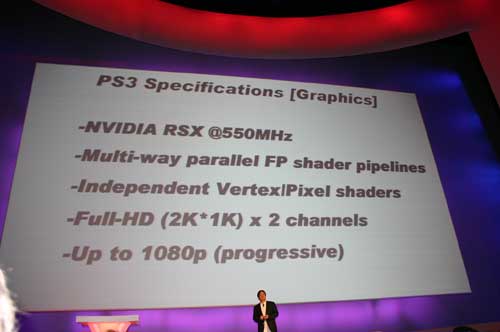weaksauce said:
Would NURBS modelling be possible in ps3 games?
We keep hearing NURBs being brought up, generation after generation.
As generally used in modelling packages, I don't think they'll ever be used in-game. They just don't make a lot of sense for a realtime application when the same surface can be turned into a more manageable representation.
The main use for such surfaces is just for ease of modelling for something smooth. You want operations that let you edit that surface without having to tweak thousands of vertices. Change parameters on a handful of control points, cut the surface, intersect it with other curves... those are the kinds of operations you want when you're editing something.
However at runtime, you just want a simple representation of the end result - storing all the modelling information and reconstructing it every frame would be silly. Why bother trimming the surface at runtime if it's static? The only thing you want to be able to do at runtime is probably to dynamically subdivide the surface to retain smoothness.
If it's animating then it might need more work but you'd still be vastly better off turning it into something more manageable at export.
Could a PS3 handle it? Well, probably, but relatively speaking even if it could do it faster than other platforms, the relative difference wouldn't be enough to compensate against just using beziers or such-like.
If you just mean what many people seem to mean when they say NURBs, which is actually just "curved surfaces of some kind", then yes this is possible on PS3 and we'll be seeing them in games. We'll also be seeing them on every other platform, as we have been doing for a while now. Many PS2 games probably use curved surfaces in places - anything with a big landscape or race track quite possible uses them, for instance.
I'd prefer to see better tools for subdivision surfaces (they're in most modellers now, but I'm not convinced they're exposed in the right way to build real-time content - again the focus is on modelling, so maybe it needs another couple of iterations to converge on something we can all use) - they're good for runtime and much more flexible for the artist anyway.

